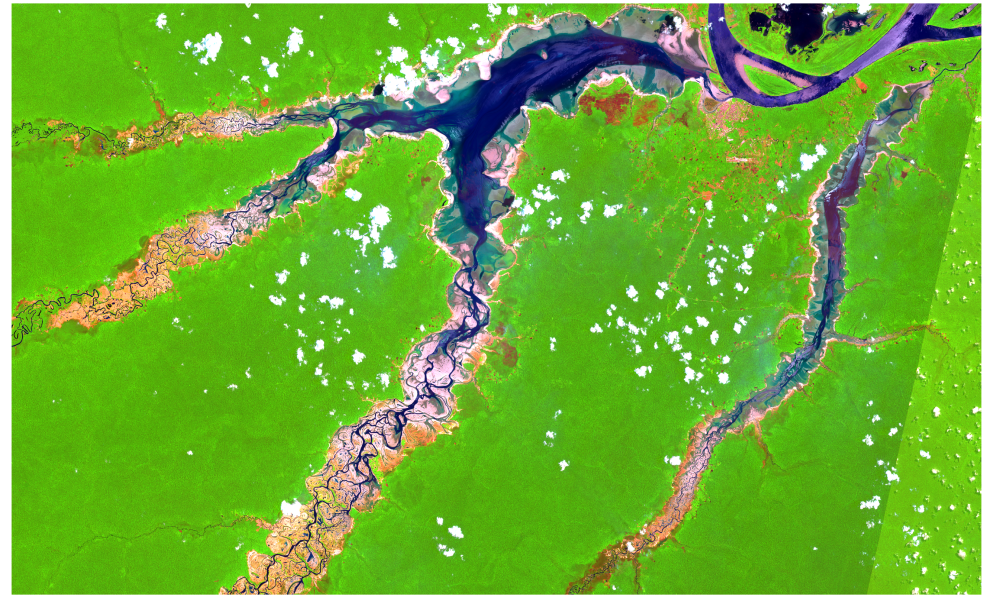
The Amazon basin is currently under a severe drought driven by the lack of precipitation, several heat waves and warmer-than-average temperatures, according to a new report by the JRC-managed Global Drought Observatory. Dry conditions and record-low river flows have been endangering the region's biodiversity and affecting thousands of livelihoods across the region.
Low river flows, dry soils and increased fire danger in the Amazon basin
With many rivers - particularly in central-eastern Brazil - showing extremely low water flows, the hydrological distress in the Amazon basin is evident. Large boats struggle to navigate, challenging the mobility in riverside communities, affecting the transport and access to essential goods and disrupting local economies.
In 2023, all Amazon basin countries recorded the lowest rainfall from July to September in over 40 years. Satellite-derived indicators show widespread vegetation stress across the basin, particularly in south-eastern regions and extending into Bolivia.
From August to November 2023, a series of heatwaves drove temperatures up, leading to a record 41°C registered during Brazil’s winter-spring season. The maximum temperatures from mid-August to mid-November were above the historical average (with anomalies between 2°C and 5°C. The heat – combined with other meteorological phenomena - increased the region’s evapo-transpiration, resulting in water-depleted soils and vegetation stress.
Moreover, a combination between temperature anomalies, arid surface conditions, and the availability of flammable materials - such as dry litter and wood – has been increasing the fire danger in the region, data from the Global Wildfire Information System shows.
Humanitarian impact and future outlook
In August 2023, the drought affected mainly the western Amazon region of Brazil, as well as the Bolivian and Peruvian regions. Then, in September, it was more concentrated in the Peruvian region, the south-western Amazon in Brazil and the Bolivian Amazon. In October 2023, the situation extended to the state of Amazon in Brazil.
Out of the 62 municipalities in the state of Amazonas (north Brazil), 59 – inhabited by around 590,000 people - are under a state of emergency due to the severe impacts of the drought. The drought is also affecting citizens across the Amazon region in countries like Peru, Bolivia or Venezuela, among others.
Seasonal forecasts predict a continued dry and warm period, with high probabilities of low flow anomalies and wildfire hazard. Continued research to understand and monitor the factors contributing to - and affected by - the Amazon’s drought is crucial, researchers point out.
The international community and regional governments need to prioritise coordinated efforts to provide emergency relief, safeguard vulnerable populations, and implement measures to mitigate the long-term impacts of this unprecedented drought in the Amazon basin and its inhabitants. The situation calls for a comprehensive regional response to address the widespread challenges faced by communities across national borders.
Seasonal forecasts point to warmer and dryer than average conditions in the entire Amazon region, typical of a strong to very strong El Niño event, in 2023-2024.
Background
The Drought Observatory (DO) provides drought-relevant information and early-warnings for Europe (EDO) and globally (GDO). It is part of the Copernicus Emergency Management Service, and offers critical geospatial information at European and global level through continuous observations and forecasts for droughts.
Related content
Details
- Publication date
- 20 December 2023
- Author
- Joint Research Centre





